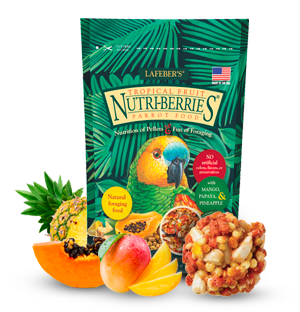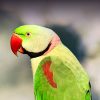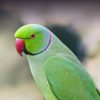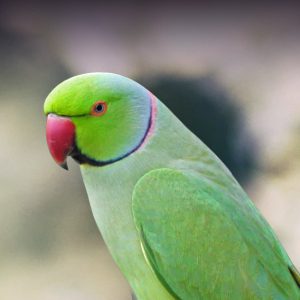
Psittacula are primarily green, with long tail feathers, and a ring of dark colored feathering around the neck. Psittacula are referred to as parakeets, but they are much larger than what many people think of with the word “parakeet.”
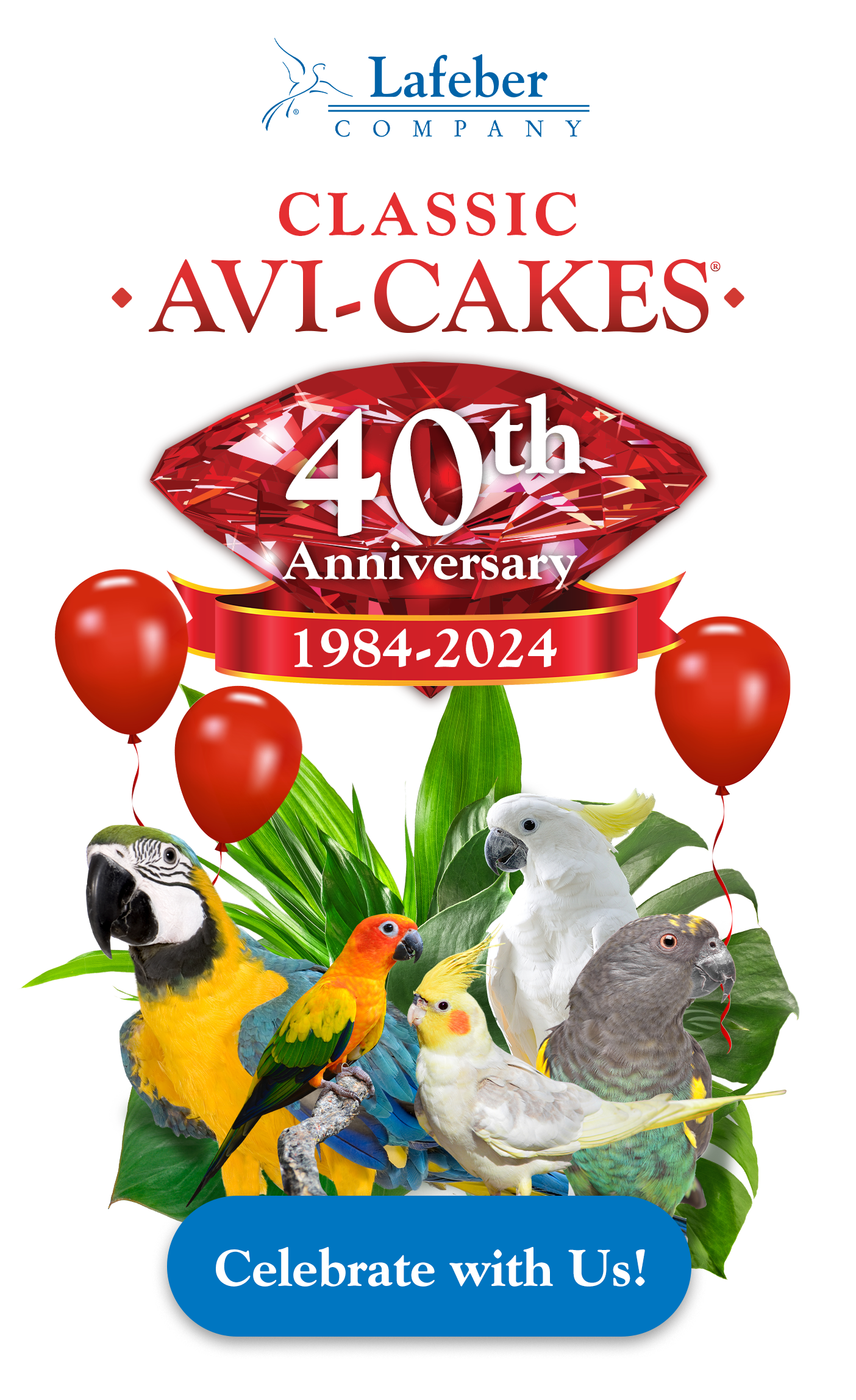
- Psittacula are the only parrot species originating primarily from Asia
- Although referred to as “parakeets, they are much larger than the budgie — the small, commonly kept parakeet found in most pet stores
- Diet & Nutrition: Parrot food
Want to stay up-to-date on Psittaculas?

What Is A Psittacula?

Three Psittacula species are more commonly available as pets: the Indian ring-necked parakeet, the African ring-necked parakeet and the Alexandrine parakeet. Psittcula are primarily green, with long tail feathers, and a ring of dark colored feathering around the neck. Psittacula are referred to as parakeets, but they are much larger than what many people think of with the word “parakeet.” The budgie, which is typically referred to as “parakeet” in the United States, would be dwarfed by a Psittcula parakeet.
Native Region / Natural Habitat
The Psittacula genus of parrots are native to southeast Asia, with some species occurring in Africa.
Care & Feeding
Psittacula need a spacious cage, one that is wide enough to allow for vigorous play and tall enough to accommodate their long tail feathers. Psittacula parrots can keep themselves busily occupied throughout the day if given the right toys to chew and destroy. Psittacula typically have good appetites. As with any bird, make sure to feed a balanced, nutritious diet that includes pellets, fruit, veggies, and healthy table foods. This way you can be sure that your bird is nourished and will not become bored with his diet. Psittacula parrots are reported to live for more than 30 years.
Personality & Behavior
Psittcula have a reputation as hands-off birds that should be housed in a aviary situation with others Psittcula. However, as with any parrot, a well-socialized Psittacula that receives consistent positive interactions can be a social, fun, outgoing companion with high intellect, too! Psittacula might not want to be cuddled as some other parrots do, but that by no means that they don’t enjoy interacting with the people in their lives.
Speech & Sound
If a Psittacula parakeet learns to talk, it might be a non-stop talker! Psittacula are also natural whistlers, and some may prefer whistling to talking. Psittacula can be loud, so give them busy work to keep them occupied throughout the day, including toys to destroy, as well as foraging opportunities. Make sure you and your close neighbors can handle frequent chattering, as well as occasional ear-piercing shrills.
Health & Common Conditions
Psittacula are relatively healthy birds; however they are susceptible to polyomavirus, pssitacosis, apergillosis and bacterial infections. These birds are excellent fliers and are capable of flying even after a recent wing-feather trim, so time outdoors should be in a harness or in a travel carrier to prevent them from flying away.
Psittacula Populations In The Wild
Psittacula parakeets can be found in pet stores, avian-specialty stores and from bird breeders. They are also sometimes available for adoption from avian-rescue organizations.
Have Questions? Contact Us!
Lafeber is a family company dedicated to its customers and the health of all animals. We really value feedback, and if you have any questions or concerns, please do not hesitate to contact us.
Please email: customerservice@lafeber.com Or call us and a real person will pick up the phone: (815) 888-4040





